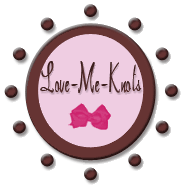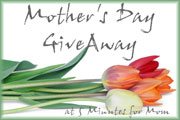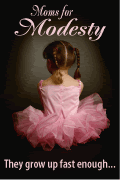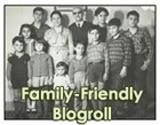
Sabra and I were invited on Friday to join some other moms and daughters in our homeschool group who are interested in quilting. We will meet about every two weeks this summer and work on our individual quilts; in between meetings we will work at home on our own. We need to bring our own portable sewing machines, however I only have one that is built into its own cabinet. Or so I thought. When we got there we saw two new portable sewing machines and one old black Singer. As I looked at the Singer, I recognized it and remembered that I actually own one like it. It belonged to my Grandmother Weisinger, my dad's mom. I had not seen or even thought of this sewing machine in years, and I don't think I would have even remembered it if I hadn't seen this one. I called Bryan and asked him about it; he remembered the machine and its carrying case, however he hadn't seen it since we moved last August. The other ladies were very excited about it, too, and one knew of a gentleman in Alabama who could service it for a very reasonable cost. By the time we left this first bee, Sabra had completed her first square and has the fabric to make four more before our next meeting.
When we got home, Sabra went straight to the basement. A few minutes later, she returned beaming, with Christian behind her carrying the sewing machine in its original black carrying case. A musty odor wafted from inside as we opened the lid. It smelled of history, but more than that - my history. I've learned that our machine is a Singer Featherweight, which will only sew in a straight line, but is considered a gem for quilting. Based on the serial number, ours is a 1951 model. It has already made its journey to Alabama, since we discovered it just in time to hitch a ride with one of our quilting friends. In my online research, I've also discovered that the 1951 models are called "Centennials," since the company was founded in 1851. Here is a little Featherweight Centennial history:
I learned this after my machine left on vacation, so I'll have to wait until it returns to check for the special centennial badge. How exciting! My friend was very impressed by the condition of our machine. It didn't look its 55 years!Singer Featherweight CentennialsSinger, rightfully proud of its company history, decided to celebrate its centenary in 1951 by giving all machines made that year a special badge. This was the standard Singer emblem of the time but with the inscription "A Century of Sewing Service 1851-1951" around the outside of the oval. These "limited edition" models made for only one year are becoming increasingly difficult to find. Most have 1951 serial numbers but authenticated models with 1948 to 1952 serial numbers have been located - suggesting that the company held vast stocks and simply badged machines just prior to dispatch. The Centennial Featherweights are mechanically identical to the standard 221 - and only the badge identifies them cosmetically.
As we left our first quilting bee, I felt that my horizons had just been expanded - so much new knowledge to assimilate! - and at the same time I felt drawn to my roots. The women from generations past in my family were quilters. I have family quilts which are some of my most treasured possessions and are priceless to me. At my wedding shower I was given a wedding quilt that was made for me by my great-grandmother, who was no longer living. In my basement I have at least five quilt tops which were hand-sewn but never pieced together with a back. Quilting is something that I really want to learn to do, and Sabra wants it, too. I hope that this is something that we can learn to do together, and in so doing preserve our family's quilting tradition and resurrect my grandmother's old sewing machine, a treasure in its own right.
Labels: blast from the past, crafting



















1 Comments:
That is so neat! I'm so glad you still had the sewing machine and that it wasn't lost.
I really want to learn how to quilt! I wonder if there's a group where I live that meets on a regular basis. That might motivate me.
Post a Comment
Home